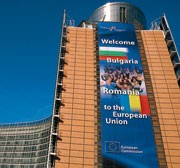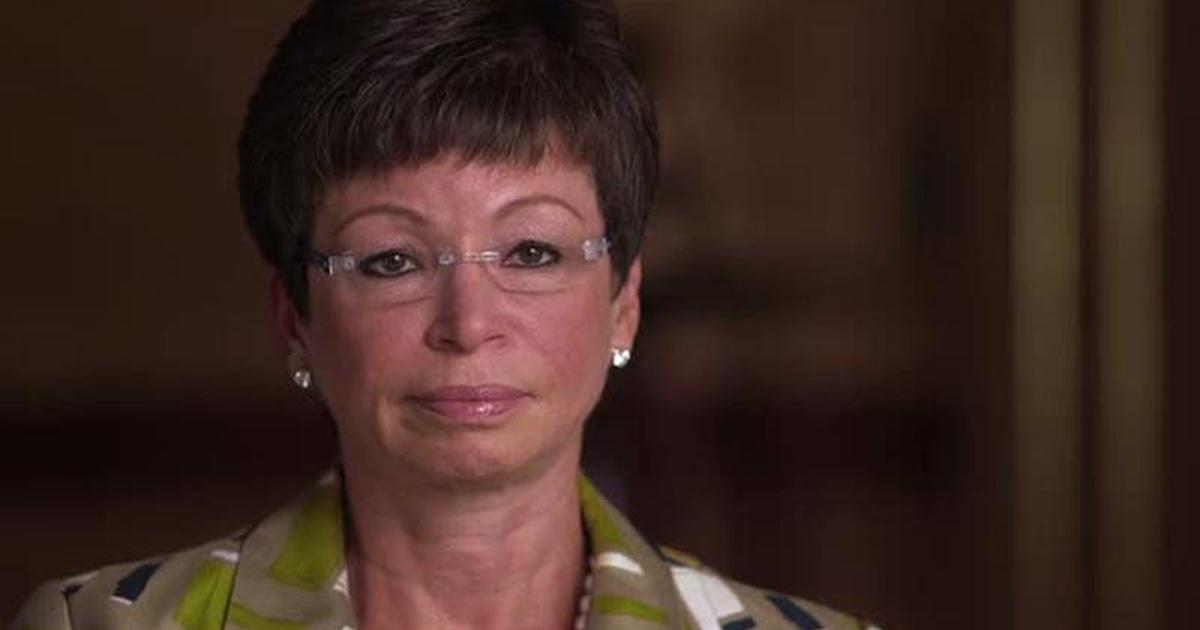
- Select a language for the TTS:
- UK English Female
- UK English Male
- US English Female
- US English Male
- Australian Female
- Australian Male
- Language selected: (auto detect) - EN
Play all audios:
As the European Union embraces new members, the growth of European science requires effort on various fronts. The European Union expanded in January 2007, with Romania and Bulgaria joining
in. This again poses the clear challenge of overcoming the strong economical and social differences between eastern and western Europe. In science, this division has been substantial, at
least since the Second World War. Poor funding in the east has led to strong specialization in theoretical aspects of research, particularly in the physical sciences. In addition, the
possibility of obtaining a passport and emigrating after the fall of the Berlin Wall led to an inevitable brain drain of young scientists who moved west in search of better conditions to do
research. As more countries join in, will the increased EU funding for research have any effect on science in eastern Europe? Credit: © EUROPEAN COMMUNITY, 2006 Indeed, the percentage of GDP
that eastern countries spend on research activities is still very low (less than 1%), with the exception of Slovenia and the Czech Republic. Some even suggest that, in the short term, the
benefits of joining the EU won't be seen, as the accession process involves strict budget requirements and tough economic targets, leading to drastic cuts, which primarily affect the
quotas for science and education. According to Jacek Kossut, director of the Institute of Physics of the Polish Academy of Sciences in Warsaw, access to European funding is vital for
research groups in Poland. Once such researchers succeed in obtaining EU funding, the Polish government awards them extra resources. Other countries in the east seem to be willing to follow
this policy. The EU is making a real effort to increase R&D resources. The recently approved Framework Program 7 (FP7) has been allocated more than 50 billion euros1 (60% more than FP6).
It is, however, hard to imagine that EU funding will make a significant difference for eastern countries, particularly in the near future as EU bids are extremely competitive and
researchers in western countries, with greater experience and more substantial national funding, will clearly be advantaged. But the aim of the EU research program goes beyond direct
provisioning of funds. According to Antonia Mochan, European Commission spokesperson for science and research, the strengthening of R&D is necessary across Europe. Science in central and
eastern Europe will benefit from working with other European and also international partners. A clear example is the proposal included within FP7 to upgrade existing research
infrastructures and implement new ones in the next few years2. For materials science, approximately 4.5 billion euros will be spent to upgrade two existing facilities (the ESRF and ILL in
France) and develop five new ones, encompassing neutron sources, free electron lasers, and advanced facilities to study light–matter interaction. These infrastructures should serve
scientists from the whole EU, and they will be crucial for developing experimental sciences in the east. Although not all locations have been decided yet, _Nature Materials_ believes it
would make sense to locate at least some of the new facilities in eastern Europe. Cooperating with scientists from within or outside European seems the way forward — an opinion shared by
scientists from the two new member countries. Marius Boamfa, a Romanian materials researcher working in the Netherlands, is convinced that scientists will continue visiting foreign
institutions to improve their skills, but without the desire to leave their country. Vesselina Ranguelova, a Bulgarian researcher working for the EU commission, thinks that being officially
a member of the EU means that scientists will be more aware and inclined to take advantage of opportunities for international cooperation3. Moreover, scientists who moved abroad would
probably go back to their native countries when the conditions for research improve. Despite the optimism and good intentions, more has to be done. In 2002, _Nature Materials_ welcomed the
launch of an annual fall meeting of the E-MRS in eastern Europe to promote scientific exchange, particularly with eastern countries, which were then outside the EU4. But with limited support
from the EU and scarce international interest, the meeting has still only a minor impact on the international scene. It is the responsibility of the scientific and political communities
(particularly in Europe) to give stronger support to such initiatives if we wish European science to benefit from the expansion of the EU. REFERENCES * Editorial _Nature Mater._ 5, 839
(2006). * European Roadmap on Research Infrastructures; http://cordis.europa.eu/FP7 * _Cordis Express_ 10 November 2006; http://cordis.europa.eu/express * Editorial _Nature Mater._ 1, 75
(2002). Download references RIGHTS AND PERMISSIONS Reprints and permissions ABOUT THIS ARTICLE CITE THIS ARTICLE The long way to integration. _Nature Mater_ 6, 85 (2007).
https://doi.org/10.1038/nmat1835 Download citation * Issue Date: 01 February 2007 * DOI: https://doi.org/10.1038/nmat1835 SHARE THIS ARTICLE Anyone you share the following link with will be
able to read this content: Get shareable link Sorry, a shareable link is not currently available for this article. Copy to clipboard Provided by the Springer Nature SharedIt content-sharing
initiative







